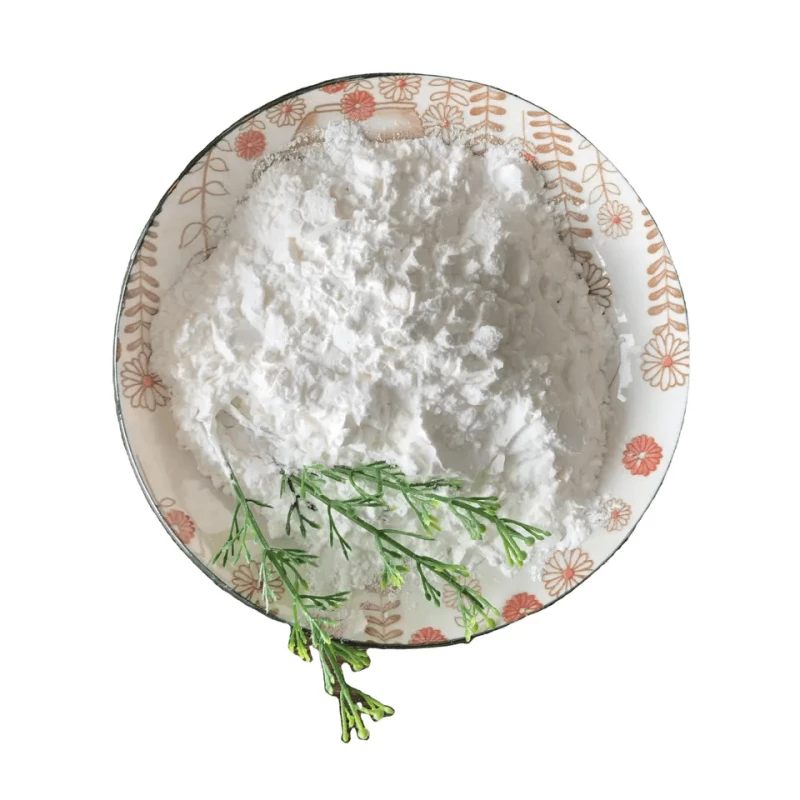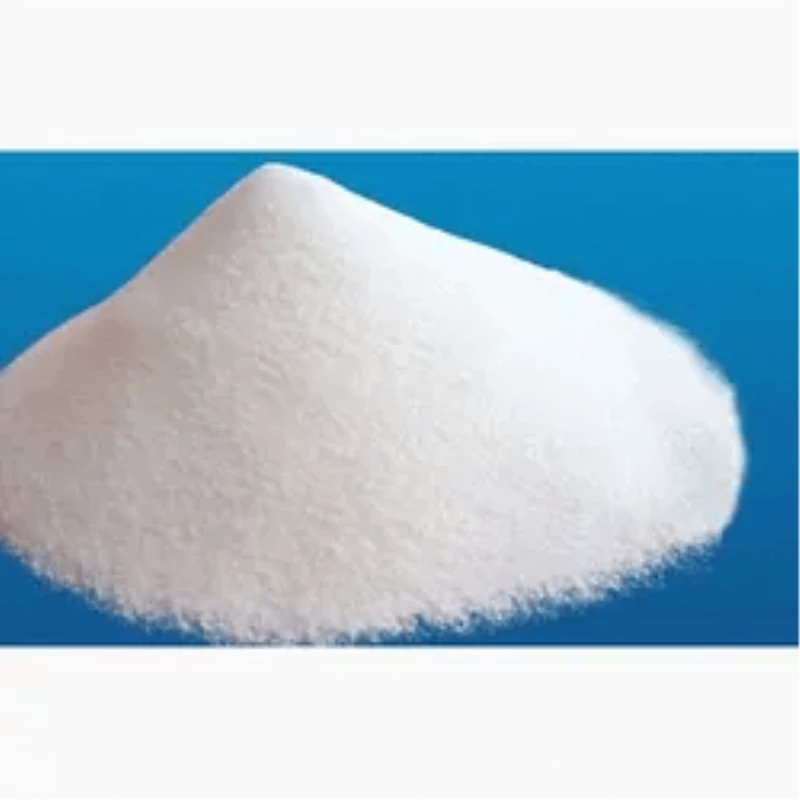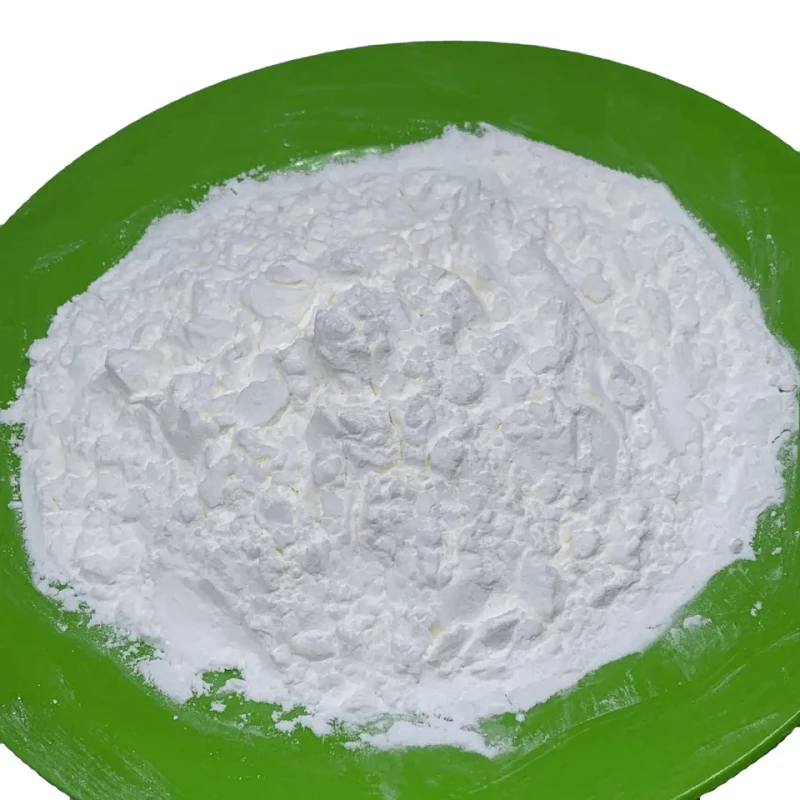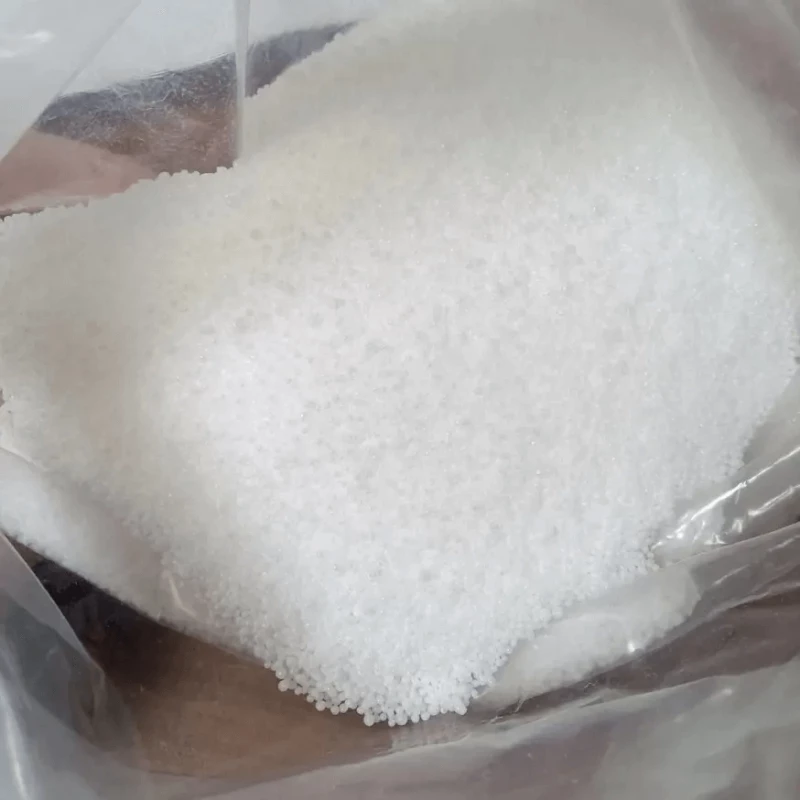Peppermint Mint Leaf Extract Menthol Crystal 99% 99.5% Peppermint Extract Menthol
It is the main component in peppermint and peppermint essential oils and exists in free and ester states. There are 8 isomers of menthol, and their aroma properties are different. L-menthol has a mint aroma and has a cooling effect, racemic menthol also has a cooling effect, and the other isomers have no cooling effect. L-menthol is a colorless and transparent needle-shaped crystal; melting point is 44°C, boiling point is 216.4°C, specific optical rotation!!!B1514_2-48°; slightly soluble in water, soluble in ethanol, ether, acetone, and chloroform. Racemic menthol is colorless and transparent needle-shaped crystals; melting point is 38°C, boiling point is 216°C; soluble in ethanol, ether, acetone, and benzene. Menthol is hydrogenated to produce p-alkane; oxidized with chromic acid or catalytically dehydrogenated to obtain menthone; racemic menthol can be separated by benzoic acid esterification. Menthol can be isolated from peppermint oil or made from citronellal or thymol. Menthol is an important flavoring agent. Due to its cooling effect, L-menthol is widely used in cigarettes, cosmetics, toothpaste, chewing gum, sweets and pharmaceutical liniments. Synthetic menthol is a mixture of various isomers and is of little value.
|
Appearance:Colorless, Transparent Hexagonal Or Needlelike Crystals; Odor:Having Characteristic Odor Of Natural Menthol Obtained From Menthol Avensis Oil; Melting Point:42 - 44°C; Non-volatile Matter:0.05% Maximum; Specific Rotation25:-50°~ -49° AS Content:≤3PPM Heavy Metal Content:≤10PPM Chemical Constituents:99.50 min Laevo-menthol Standard:CP2005 |
We have more categories for you. lf you can't find the products you want above,just fill in the form and tell us whatproducts you want to import from China.

















